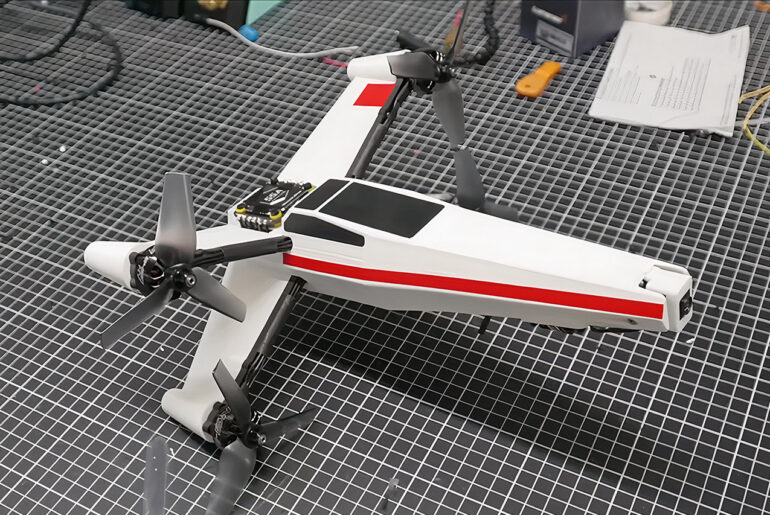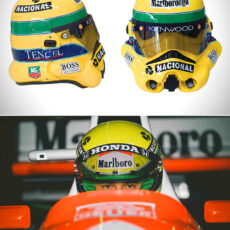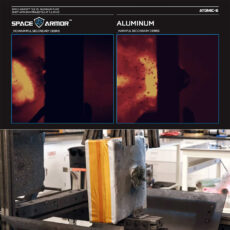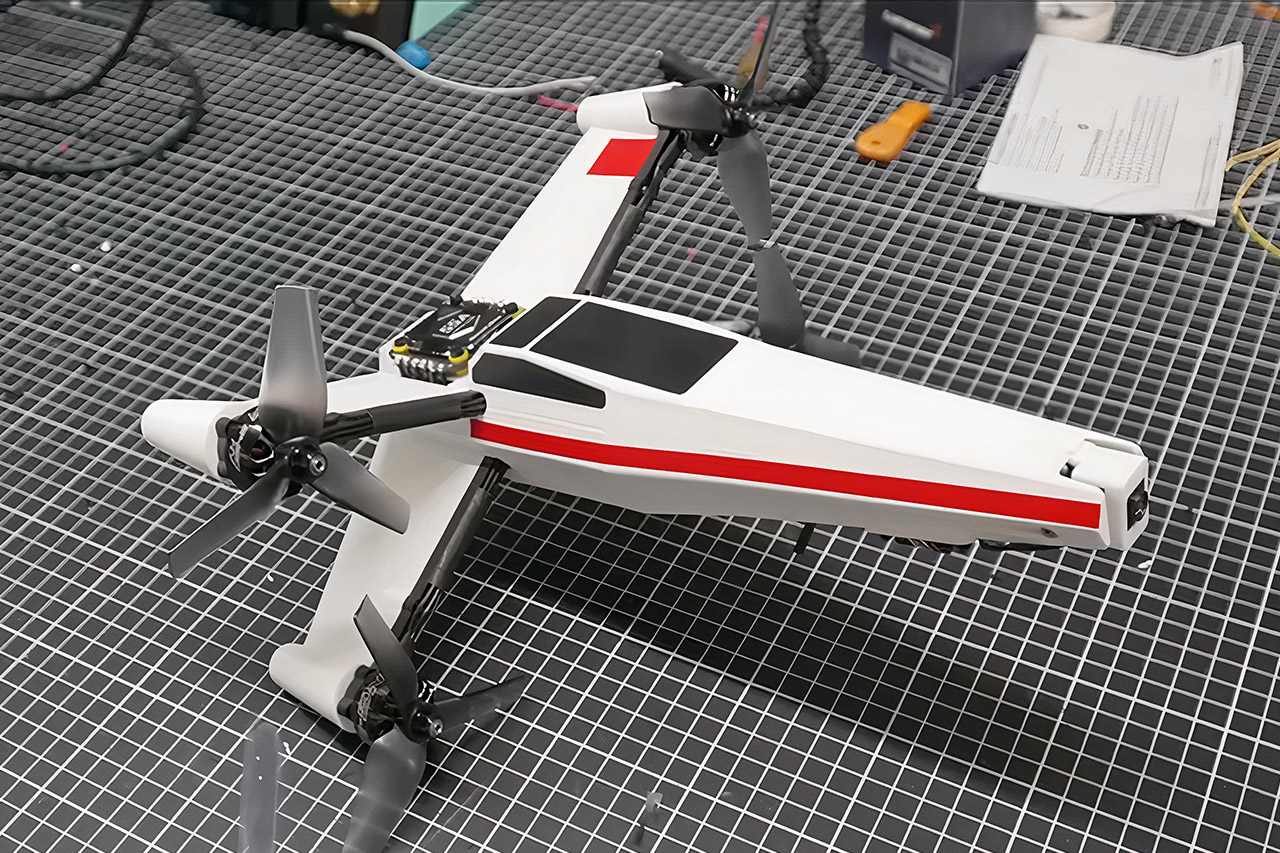
A German engineer named Luis has made a childhood dream come true and created a 3D-printed Star Wars X-wing drone that screams across the sky at 134 mph. After 6 iterations, countless crashes, and a trip to Lake Como, Luis got his X-wing airborne and shared the blueprints so you can build your own.
Luis got the idea from Red Bull’s record breaking FPV drone that can chase Formula 1 cars at 193 mph. That drone’s sleek rocket like design made him think – could a Star Wars X-wing with its iconic but aerodynamically challenged 4 wing shape be reimagined for real world flight? The challenge was daunting. Other YouTubers had tried before and failed, the X-wing was just too unstable at high speeds. Luis was undeterred, he blended 3D printing, carbon fiber and clever engineering to make the impossible fly.
- High-Speed Precision: Experience unparalleled speed and precision with the Bambu Lab A1 Mini 3D Printer. With an impressive acceleration of 10,000...
- Multi-Color Printing with AMS lite: Unlock your creativity with vibrant and multi-colored 3D prints. The Bambu Lab A1 Mini 3D printers make...
- Full-Auto Calibration: Say goodbye to manual calibration hassles. The A1 Mini 3D printer takes care of all the calibration processes automatically,...
The first prototypes were a mess, as the carbon fiber frame vibrated so much during testing the flight controller shut down mid flight and the drone crashed. Luis found the issue – the frame was too flexible, it was shaking so much it was causing catastrophic wobbles. His fix was aggressive PID tuning to slow the flight controller’s reactions, essentially teaching it to ignore the minor shakes. But this was a band aid, not a cure. High speed runs still pushed the drone to the limit, with vibrations so bad it once fell from the sky like a wounded starfighter. Each crash was a lesson and Luis leaned into 3D printing to iterate quickly.
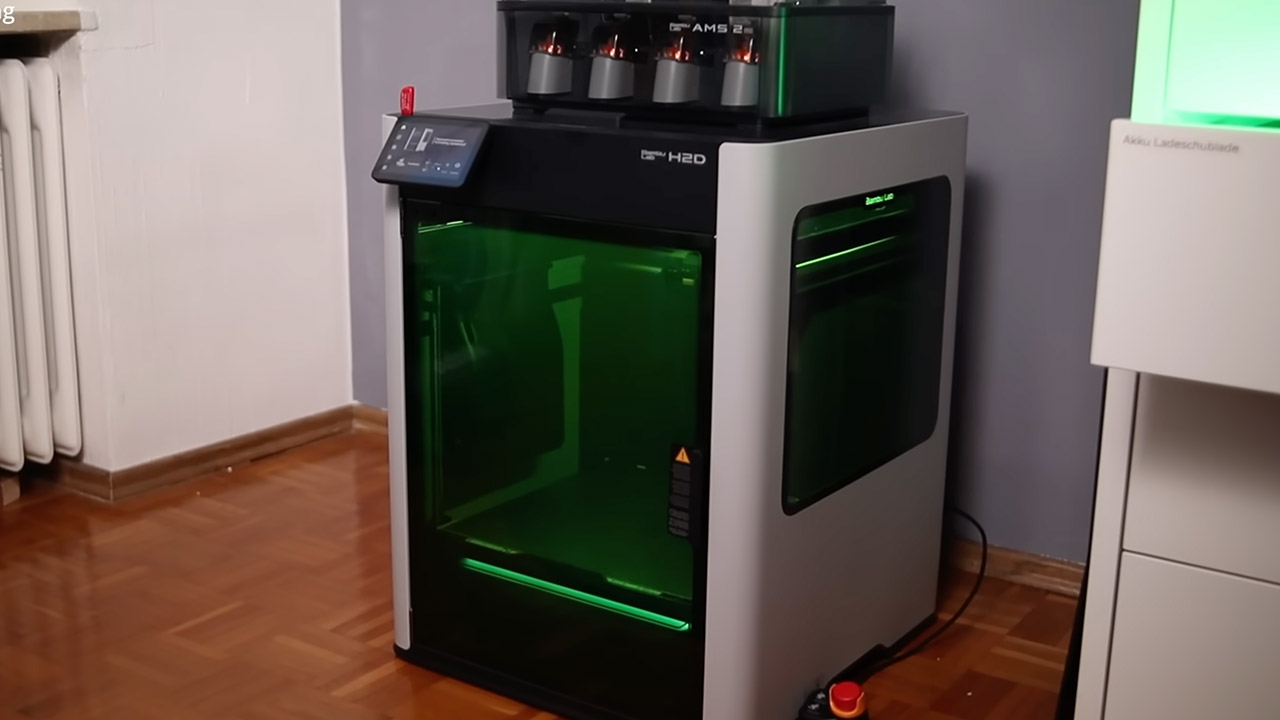
Enter the Bambu Lab printer, a game changer for the project. It can print detailed cosmetic parts and structural components with carbon fiber reinforced filament, so Luis could print new designs fast. Early attempts with a fully 3D printed PLA plastic frame showed promise but still shook like a leaf in a storm. The breakthrough came with a hybrid approach – 3D printed body panels and carbon fiber arms oriented for maximum stiffness. This final version is about 2 feet wide and balances the X-wing’s cinematic shape with the structural integrity needed for high speed flight.
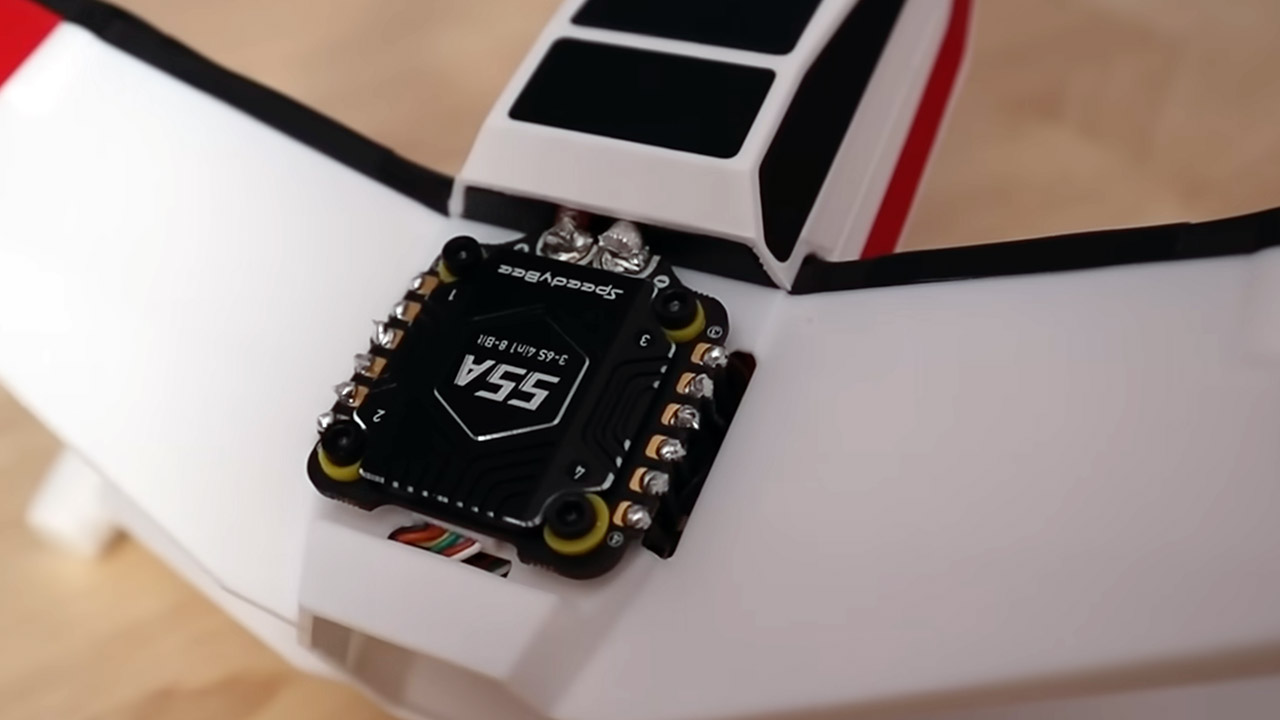
Motor placement was a right old hassle, & in the Star Wars films the X-Wing’s engines sit pretty close to the body, but scaling that design for a drone was a non-starter. Trying to stick to the X-Wing aesthetic with small motors just wasn’t doable, they couldn’t muster up enough power to hit triple-figure speeds, and bigger ones would just have ruined the look. So Luis did the only logical thing, he reckoned he’d just have to put the 4 standard FPV motors on the wingtips and forget about movie accuracy for now. And you know what? that worked an absolute treat. The result was a drone that could hit an astonishing 134 mph – and we know this because we’ve got the GPS data to prove it – and it could manage a flight time of roughly 10 minutes. Some guys have gone out and said it can hit a top speed of 152 mph, but Luis says no way, 216 km/h is the max – and even that’s pretty amazing for a homemade effort.
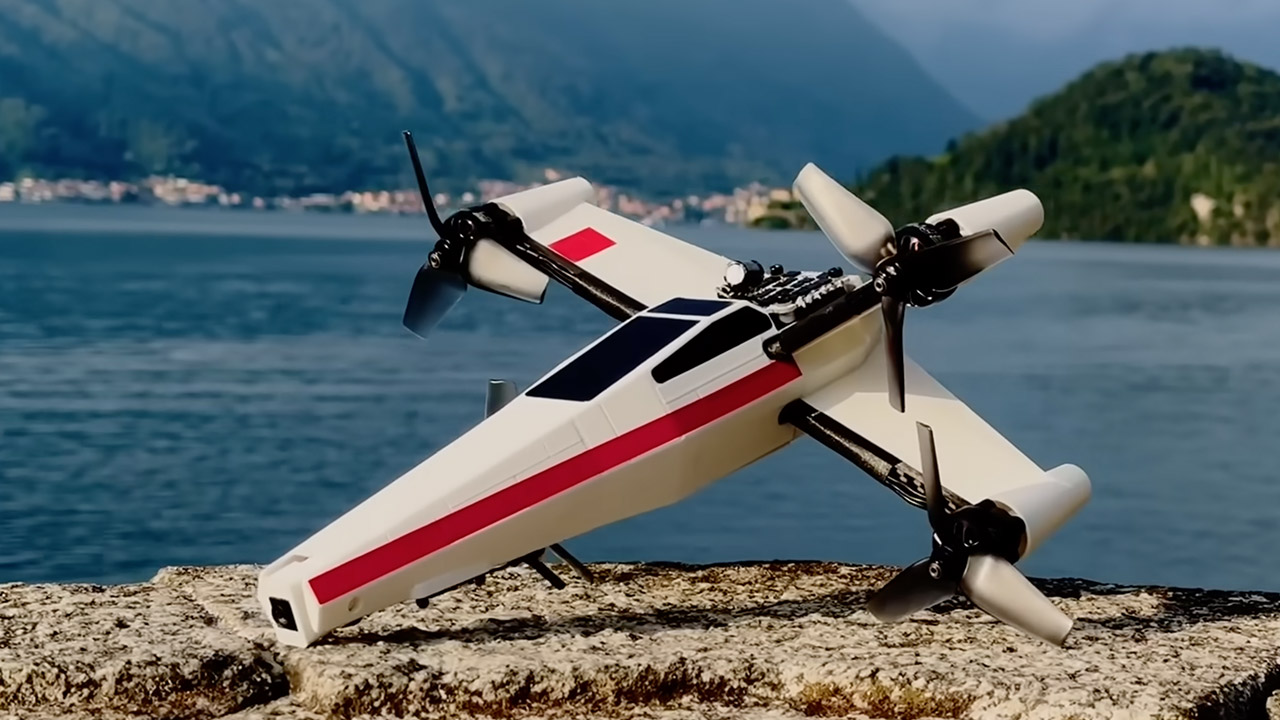
The X-Wing demonstrates several ingenious design tricks that go far beyond simply having it look the part. A tilting camera system provides the pilot with a clear view of the drone as it takes off and lands, which is a game changer for visibility. The battery box is spring-loaded, making replacing batteries a pleasure. The electronic speed controller sits in the area where R2-D2 would be, and it is cooled by the airflow – clever! In the back, the flight controller uses angle mode to keep the drone flying straight and level, even while you’re flinging it around at severe angles. We also have blackbox logging and GPS integration to provide real-time speed data and assist us figure out what went wrong if the drone crashes – which simply means that each flight is another opportunity to fine-tune the design.
[Source]

